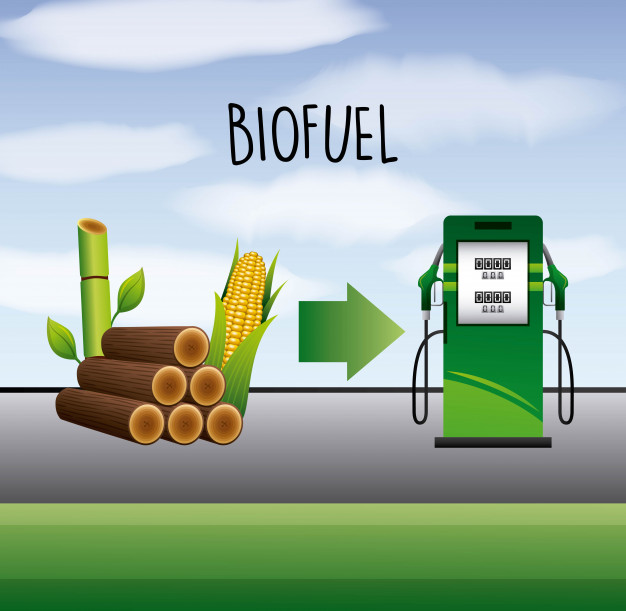How waste to energy works?

The global waste to energy market is growing at a significant pace owing to driving factors such as increasing demand for renewable sources of energy from the power and energy industry. Furthermore, Increasing in consumption of electricity due to the growth of electronics markets is also likely to drive the demand for waste to energy market in the coming years. However, high initial cost for setting up the processing plant may restrain the growth of waste to energy market. Likewise, the continous appreciation from governments for use of alternate energy which is renewable may provide a lucrative opportunity for the market players in the near future. Download PDF Sample Copy The global waste to energy market is segmented on the basis of waste type, technology, and application. On the basis of material, the waste type, market is segmented into, municipal, solid waste, process waste, medical waste, agricultural waste, and others. On the basis of technology, the market is bifurcated into, ...




